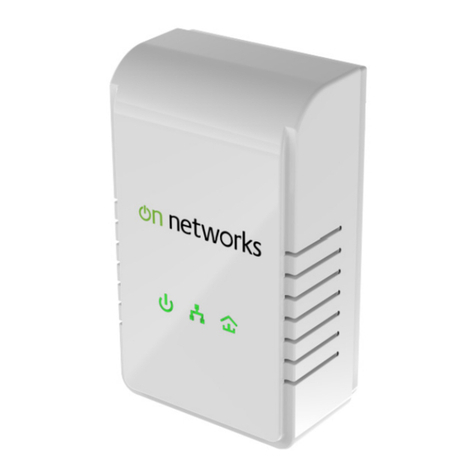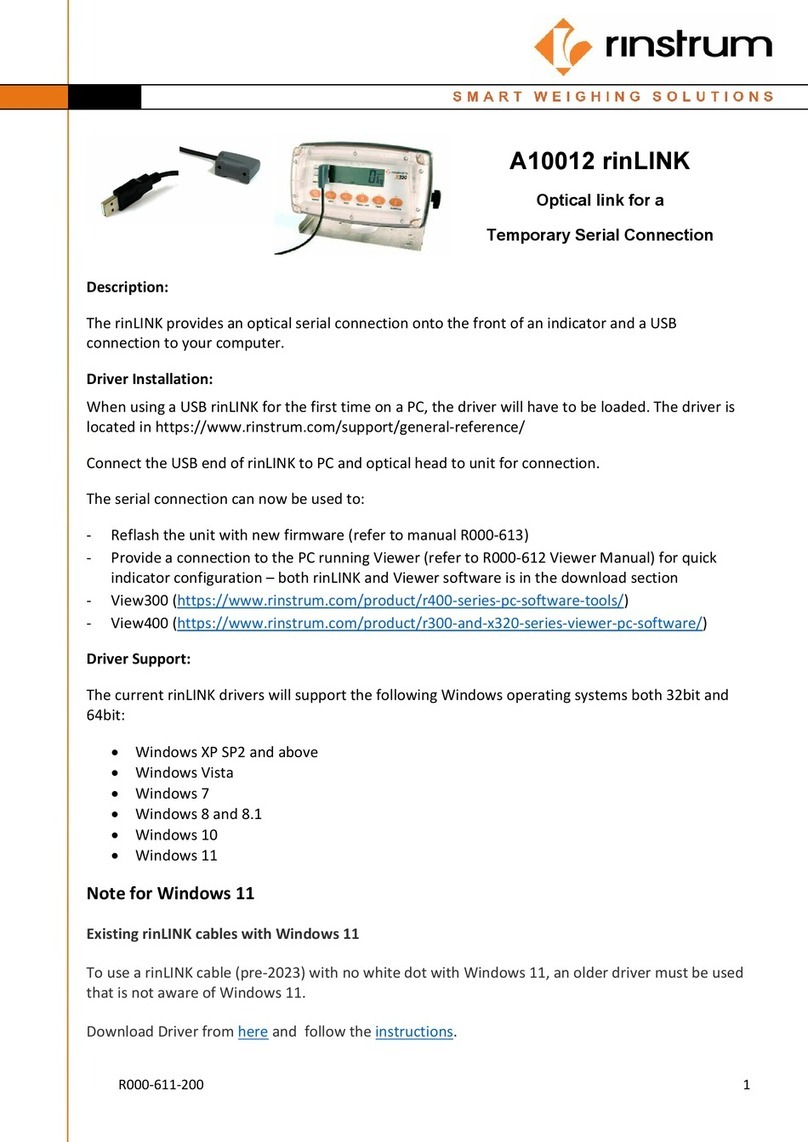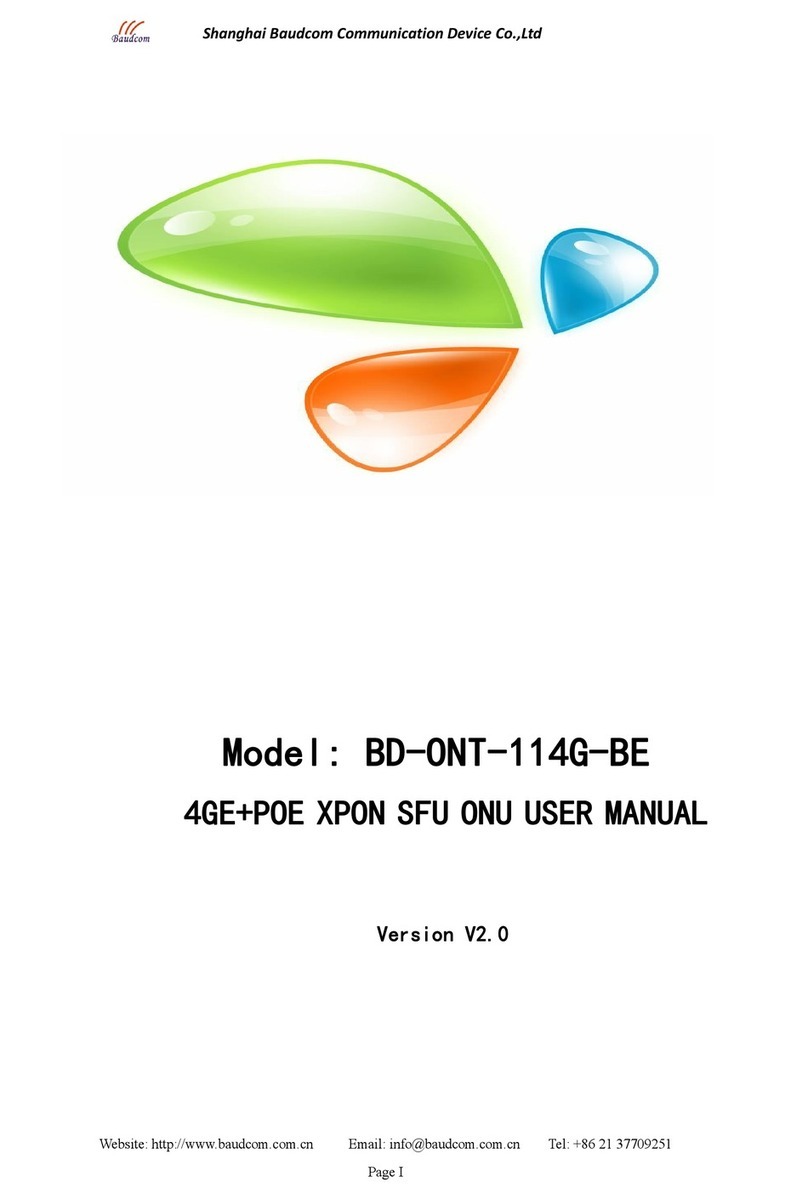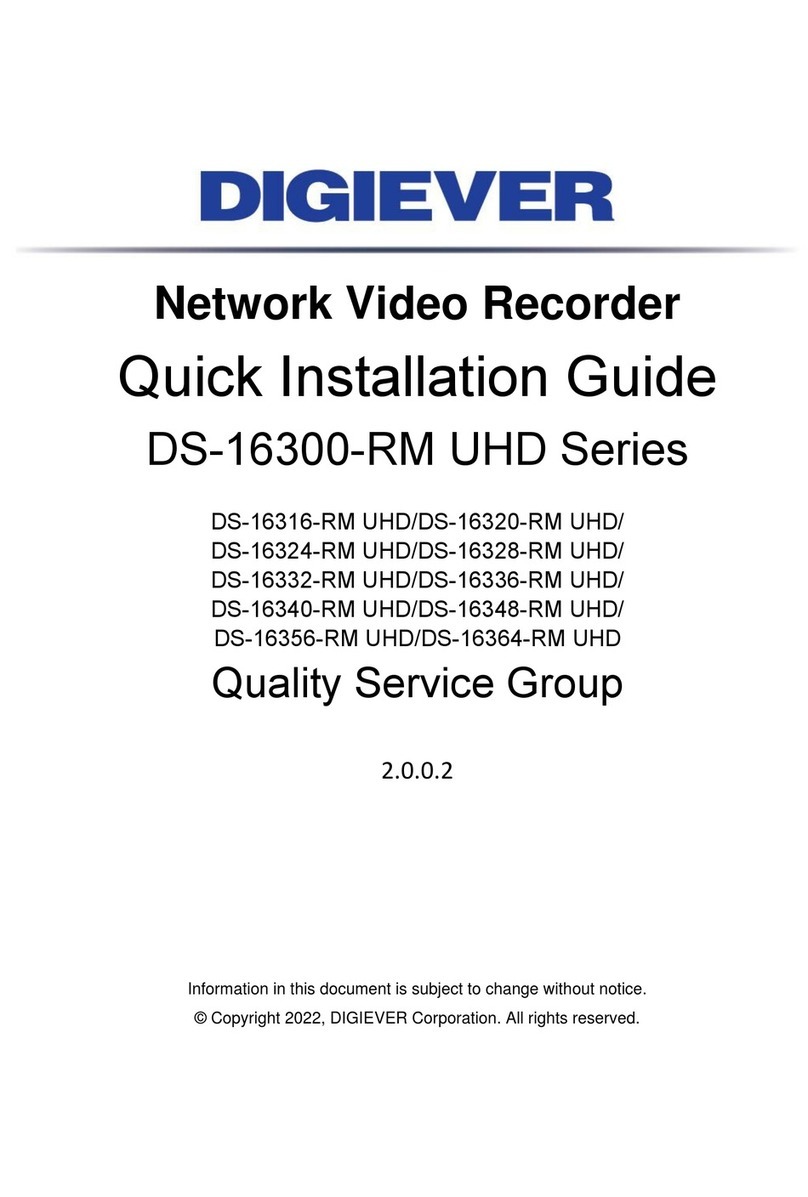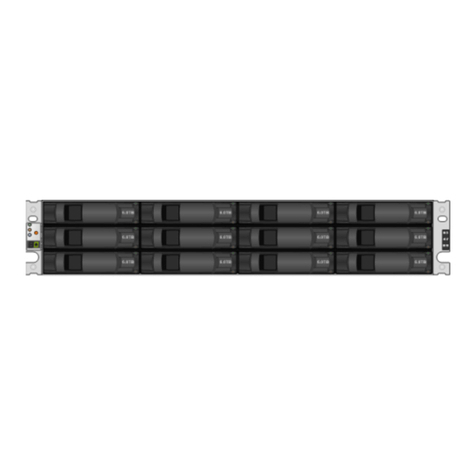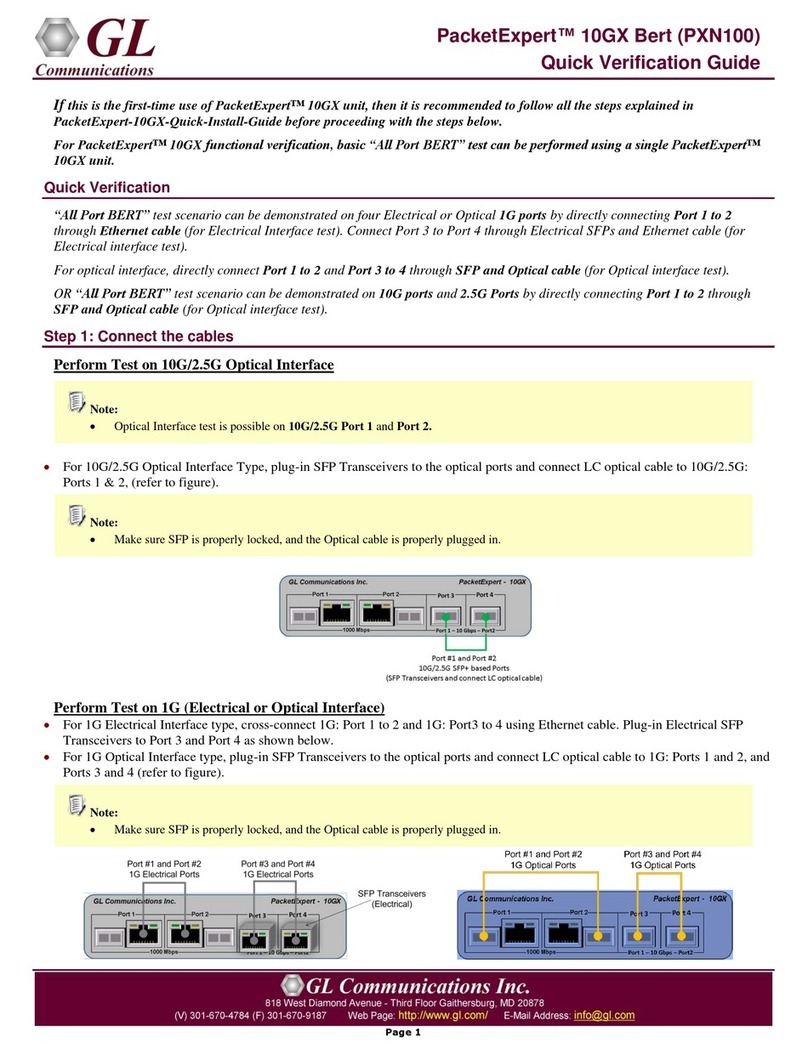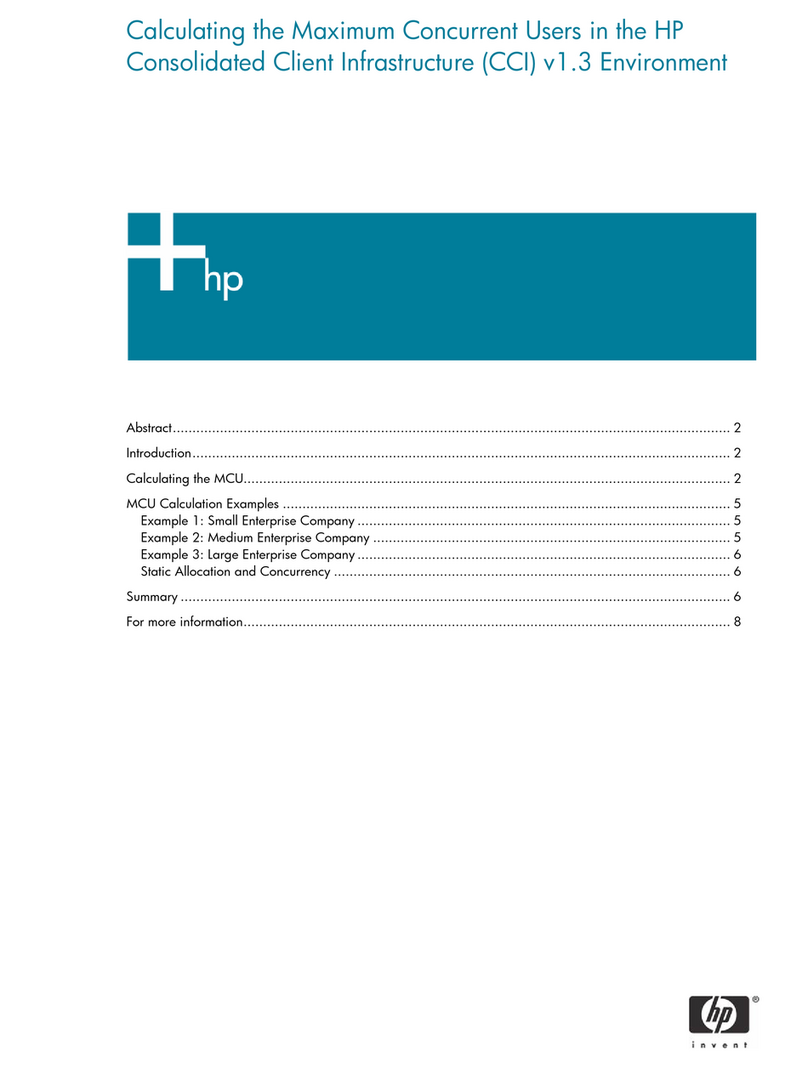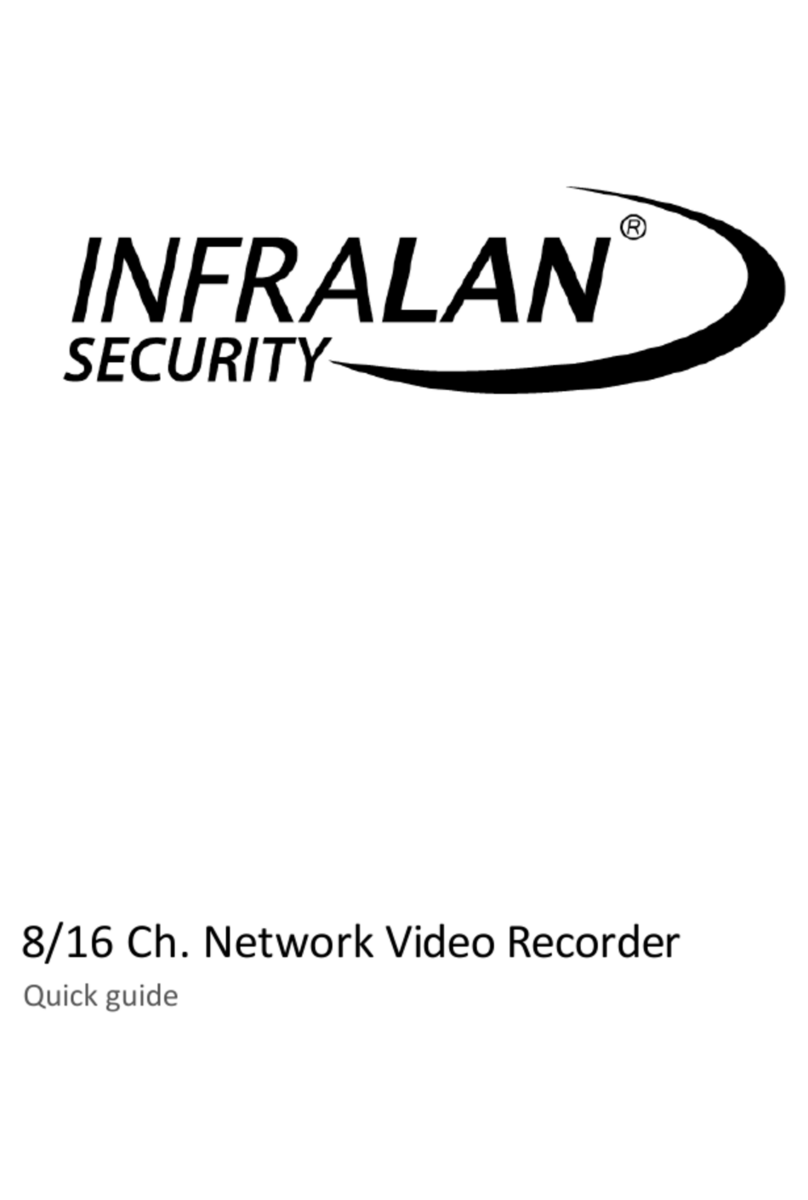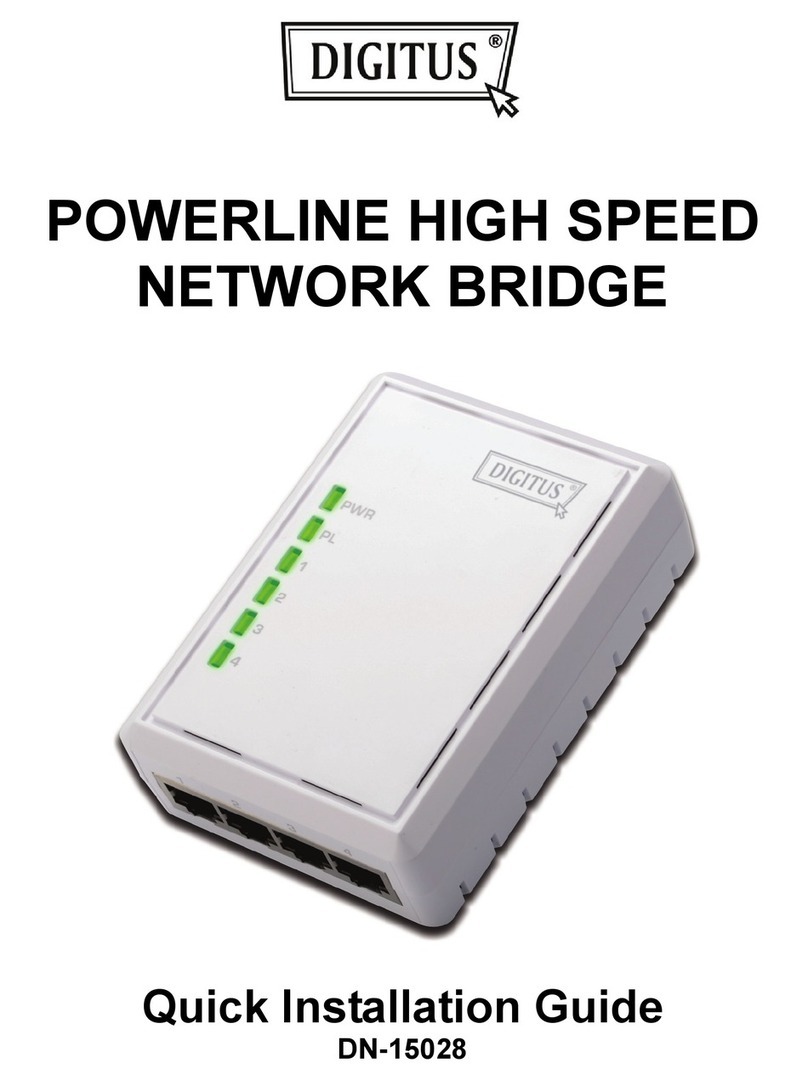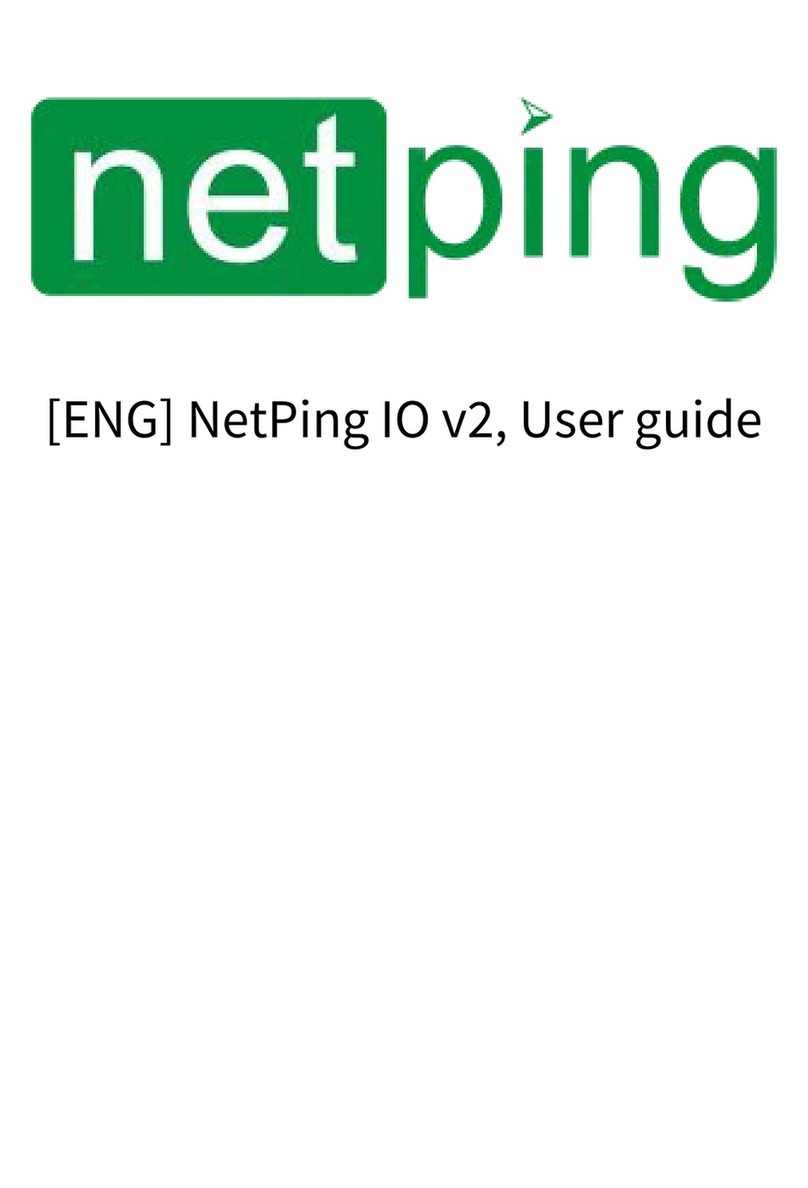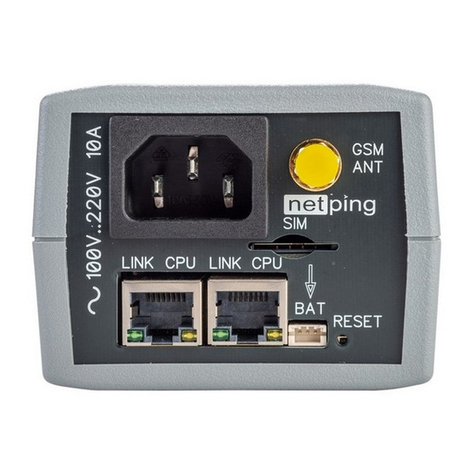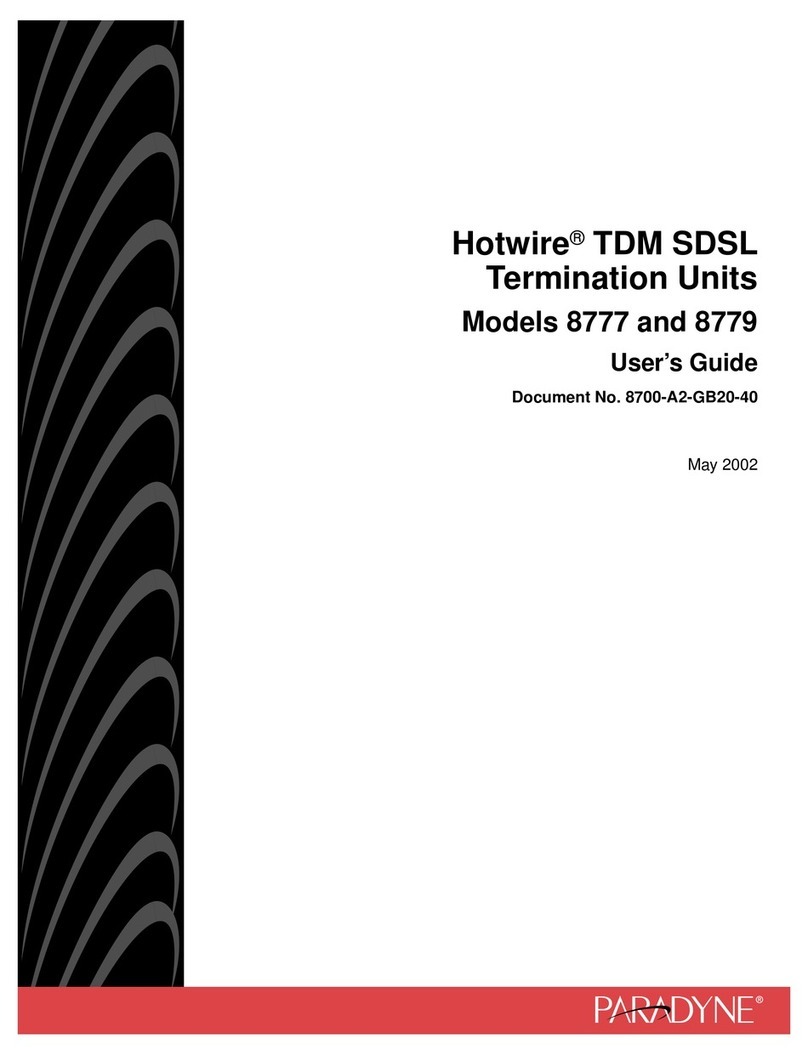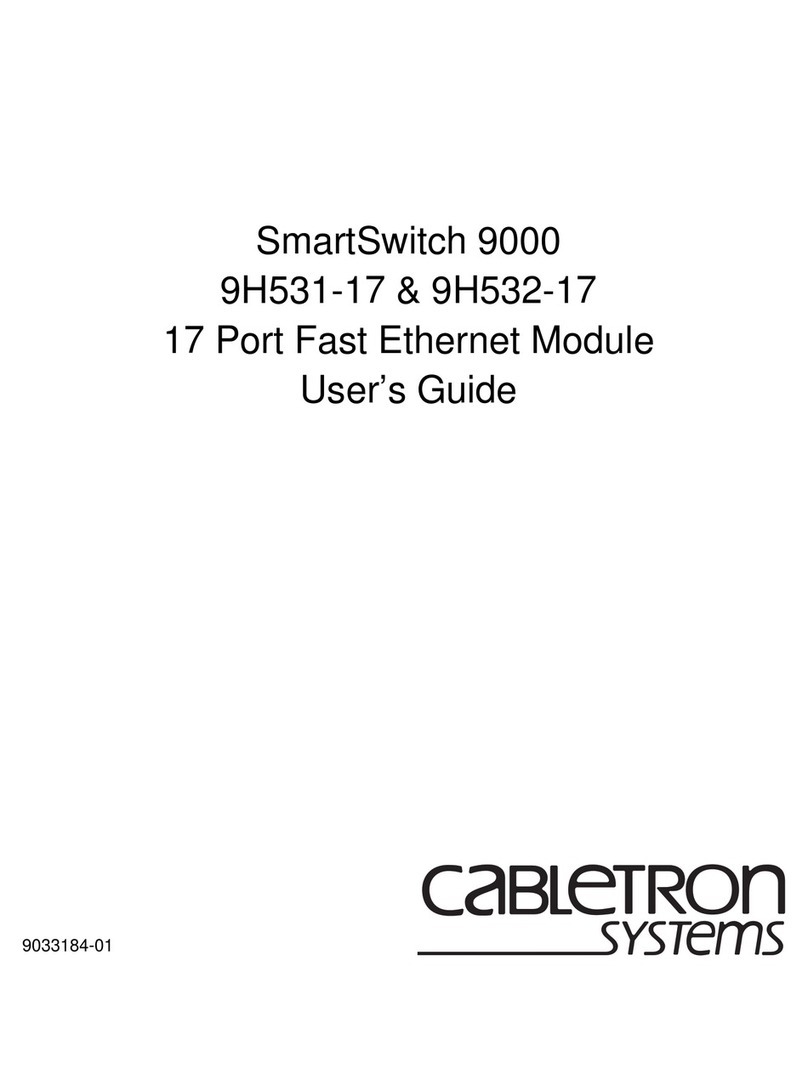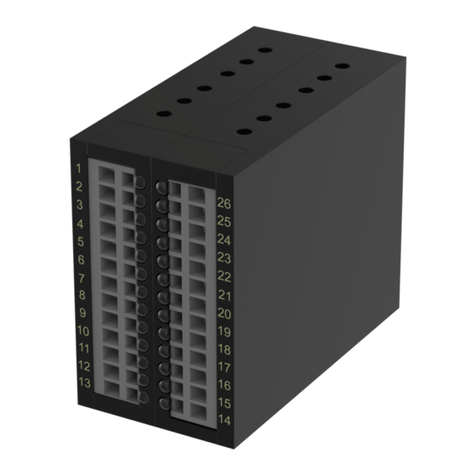
[ENG] NetPing IO R401, User Guide -[ENG] [R401] 6. Using IO Lines for Managing External Devices (in the «Output» Mode)
[ENG] [R401] 6. Using IO Lines for Managing External Devices (in the «Output» Mode)
–
•
•
•
•
•
•
•
•
•
[ENG] [R401] 6. Using IO Lines for Managing External Devices (in
the «Output» Mode)
Input-Output (IO1-IO2) lines of the device can be used both for the operation in the "input" and "output" modes for
managing external devices in contrast with Input lines (I3-I4) which function only in the "input" mode.
The configuration of IO-lines for operation in "input" or "output" modes is carried out via the managing web-
interface of the device or via the URL-encoded commands. Both IO lines can be configured independently from
each other.
IO-lines can be controlled using SNMP commands, URL-encoded commands, via the web interface, or via SMS
commands (for devices with a built-in GSM modem).
The example of application:
remote reboot of servers - an imitation of pressing down the Reset button;
remote management of the buzzer, light, a fan;
management of an electric lock, electric gate at a remote object;
management of the elements of a «smart house»: watering plants, opening-closing of blinds, a water pump,
a heating boiler, electric heaters and so on;
remote management of a power plant (a diesel generator, a gas generator).
It is possible to use auxiliary relays with the supply voltage from an external 12V source. A controlled NetPing AC/
DIN socket can be used to connect to IO lines. We can also recommend ready-made relay assemblies that can be
connected to our devices, for example a power relay (see the compatibility of this relay with the NetPing device
model on the relay page of the website).
Electrical parameters of IO lines (IO1- IO2)
In the «output» mode:
the voltage of logic «1»: +12 V, the resistance: 4,7 kOhm;
the voltage of logic «0»: 0 V, the current is up to 200 mA.
The total output current IO must not exceed the maximum current of the 12V power supply output (250mA).
In the «input» mode:
the voltage of the logic «1»: > 8,2 V;
the voltage of the logic «0»: < 3,5 V.
Attention! Correct electrical coordination of the IO lines is required when connecting external executive
devices.
Attention! IO lines are not galvanically isolated from the device! When you use relays that switch 220 V circuits,
remember about electrical safety. All operations must be carried out by specialists with the appropriate
qualifications and permission to work with this voltage.



















